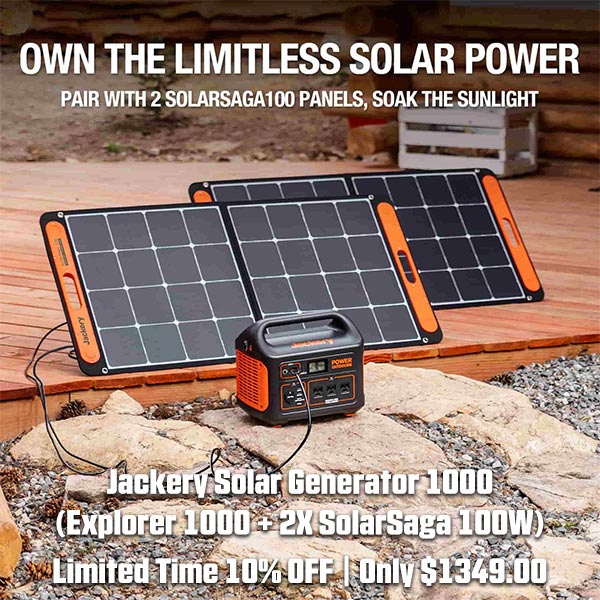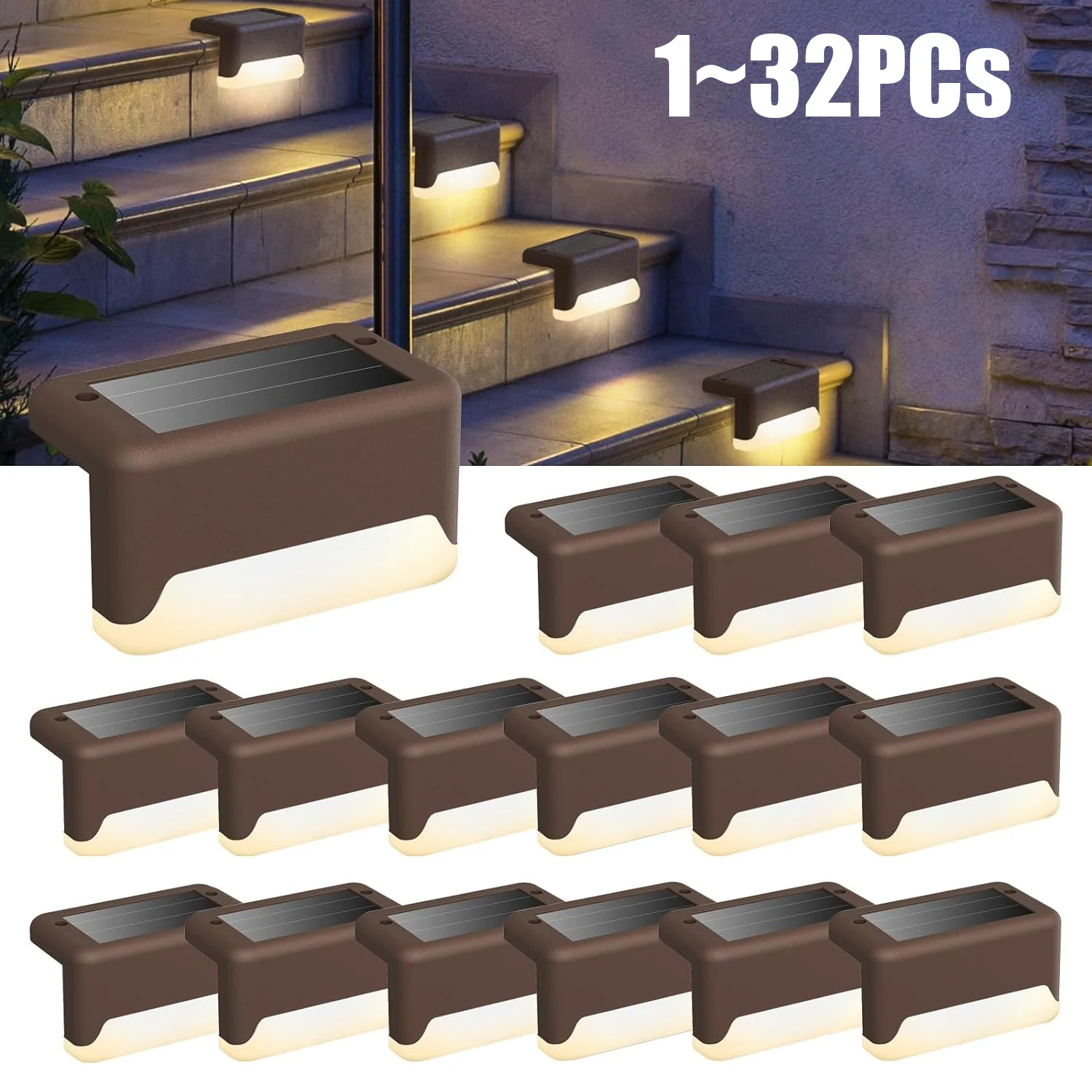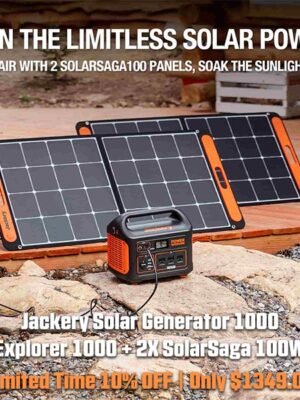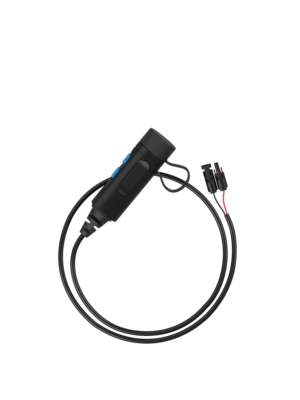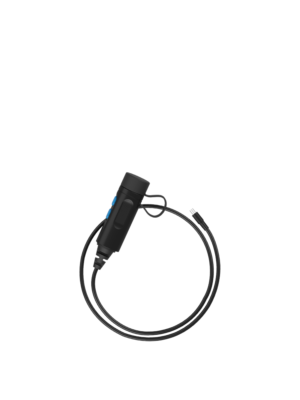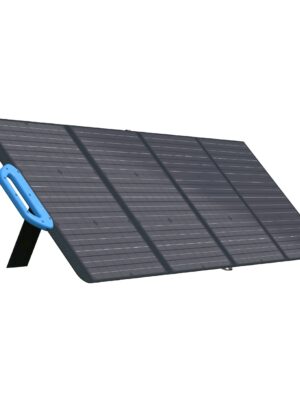Australia is interested in autonomy to help it patrol the Pacific Leave a comment
The Pacific Ocean is vast, strategically important, and soon to be patrolled by another navy with nuclear-powered submarines. Earlier this year, Australia finalized a deal with the United States and the United Kingdom to acquire its own nuclear-powered attack submarines, and to share in duties patrolling the Pacific. These submarines will be incorporated into the broader functions of Australia’s Royal Navy, where they will work alongside other vessels to track, monitor, and if need be to fight other submarines, especially those of other nations armed with nuclear missiles.
But because the ocean is so massive, the Royal Australian Navy wants to make sure that its new submarines are guided in their search by fleets of autonomous boats and subs, also looking for the atomic needle in an aquatic haystack—enemy submarines armed with missiles carrying nuclear warheads. To that end, on August 21, Thales Australia announced it was developing an existing facility for a bid to incorporate autonomous technology into vessels that can support Australia’s new nuclear-powered fleet. This autonomous technology will be first developed around more conventional roles, like undersea mine clearing, though it is part of a broader picture for establishing nuclear deterrence in the Pacific.
To understand why this is a big deal, it’s important to look at two changed realities of power in the Pacific. The United States and the United Kingdom are allies of Australia, and have been for a long time. A big concern shared by these powers is what happens if tensions over the Pacific with China escalate into a shooting war.
Nuclear submarines
In March of this year, the United States, Australia, and the United Kingdom announced an agreement called AUKUS, a partnership between the three countries that will involve the development of new submarines, and shared submarine patrols in the Pacific.
Australia has never developed nuclear weapons of its own, while the United States and the United Kingdom were the first and third countries, respectively, to test nuclear weapons. By basing American and British nuclear-powered (but not armed) submarines in Australia, the deal works to incorporate Australia into a shared concept of nuclear deterrence. In other words, the logic is that if Russia or China or any other nuclear-armed state were to try to threaten Australia with nuclear weapons, they’d be threatening the United States and the United Kingdom, too.
So while Australia is not a nuclear-armed country, it plans to host the submarine fleets of its nuclear-armed allies. None of these submarines are developed to launch nuclear missiles, but they are built to look for and hunt nuclear-armed submarines, and they carry conventional weapons like cruise missiles that can hit targets on land or at sea.
The role of autonomy
Here’s where the new complex announced by Thales comes in. The announcement from Thales says that the new facility will help the “development and integration of autonomous vessels in support of Australia’s nuclear deterrence capability.”
Australia is one of many nations developing autonomous vessels for the sea. These types of self-navigating robots have important advantages over human-crewed ones. So long as they have power, they can continuously monitor the sea without a need to return to harbor or host a crew. Underwater, direct communication can be hard, so autonomous submarines are well suited to conducting long-lasting undersea patrols. And because the ocean is so truly massive, autonomous ships allow humans to monitor the sea over great distances, as robots do the hard work of sailing and surveying.
That makes autonomous ships useful for detecting and, depending on the sophistication of the given machine, tracking the ships and submarines of other navies. Notably, Australia’s 2025 plan for a “Warfare Innovation Navy” outlines possible roles for underwater autonomous vehicles, like scouting and assigning communications relays. The document also emphasizes that this is new technology, and Australia will work together with industry partners and allies on the “development of doctrine, concepts and tactics; standards and data sharing; test and evaluation; and common frameworks and capability maturity assessments.”
Mine-hunting ships
In the short term, Australia is looking to augment its adoption of nuclear-powered attack submarines by modernizing the rest of its Navy. This includes the replacement of its existing mine-hunting fleet. Mine-hunting is important but unglamorous work; sea mines are quick to place and persist until they’re detonated, defused, or naturally decay. Ensuring safe passage for naval vessels often means using smaller ships that scan beneath the sea using sonar to detect mines. Once found, the vessels then remain in place, and send out either tethered robots or human divers to defuse the mines. Australia has already retired two of its Huon-class minehunters, surface ships that can deploy robots and divers, and is set to replace the remaining four in its inventory.
In its announcement, Thales emphasized the role it will play in replacing and developing the next-generation of minehunters. And tools developed to hunt mines can also help hunt subs with nuclear weapons on them. Both tasks involve locating underwater objects at a safe distance, and the stakes are much lower in figuring it out first with minehunting.
Developing new minehunters is likely an area where the Royal Australian Navy and industry will figure out significant parts of autonomy. Mine hunting and clearing is a task particularly suited towards naval robots, as mines are fixed targets, and the risk is primarily borne by the machine doing the defusing. Sensors developed to find and track mines, as well as communications tools that allow mine robots to communicate with command ships, could prove adaptable to other areas of naval patrol and warfare.
Please Support Our Sponsors
Solar Power Generator Discounts Along With Free Shipping
- 10% OFF for Jackery Solar Generator 2000 Pro Series with code "JADEAL"
- 10% OFF for Jackery SolarSaga 200W Solar Panel with code "JADEAL"
- 10% OFF for Jackery Solar Generator 1500 Series with code "JADEAL"
- 10% OFF for Jackery Solar Generator 1000 Series with code "JADEAL"
- 10% OFF for Jackery Explorer 1500 Portable Power Station with code "JADEAL"
- 10% OFF for Jackery Explorer 1000 Pro Portable Power Station with code "JADEAL"
- 10% OFF for Jackery Explorer 500 Pro Portable Power Station with code "JADEAL"
- 10% OFF for Jackery Explorer 300 Pro Portable Power Station with code "JADEAL"
- 10% OFF for Jackery SolarSaga 100W Solar Panel with code "JADEAL"

The University of Georgia is represented by the Georgia Bulldogs . The Bulldogs participate in the Southeastern Conference's (SEC) Eastern Division of the NCAA.
They play their home games in the storied Sanford Stadium in Athens, Georgia. The first season in Georgia was in 1892. In 1942, 1980, and 2021, the Georgia Bulldogs won three national championships.
The Georgia Bulldogs have additionally been crowned the National Champion in four additional seasons by at least one polling organization (1920, 1927, 1946 and 1968).
The Georgia Bulldogs are tied for second place in conference history with their 15 conference titles, including 13 SEC titles, and their 59 bowl appearances, which ranks second all-time.
In addition, the program has produced five top picks in the National Football League (NFL) draft, two Heisman Trophy winners, numerous winners of various national honors, and many others.

Longhorns football represents the University of Texas in Austin often known as Texas, UT or the Texas Longhorns. The Longhorns represent the Big 12 Conference in the NCAA Division. They play in Austin, Texas, at the Darrell K. Royal-Texas Memorial Stadium.
The Texas Longhorns are ranked third and seventh, respectively, in terms of all-time wins and win-loss records, with over 900 victories and an overall win-loss percentage of.705.
The legendary program also boasts four national titles, 32 conference titles, 100 First Team All-Americans, and two Heisman Trophy winners.
Get your Texas Longhorns Revival T-Shirt today. The Texas Longhorns Rustic Revival shirt is also a fan favorite.
Many college sports fans like to wear their gear all around town, get your Texas Longhorns Centered gear and show your support.


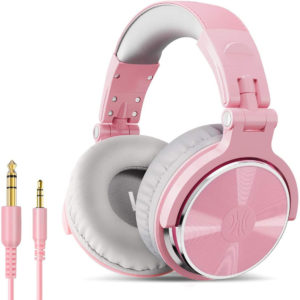

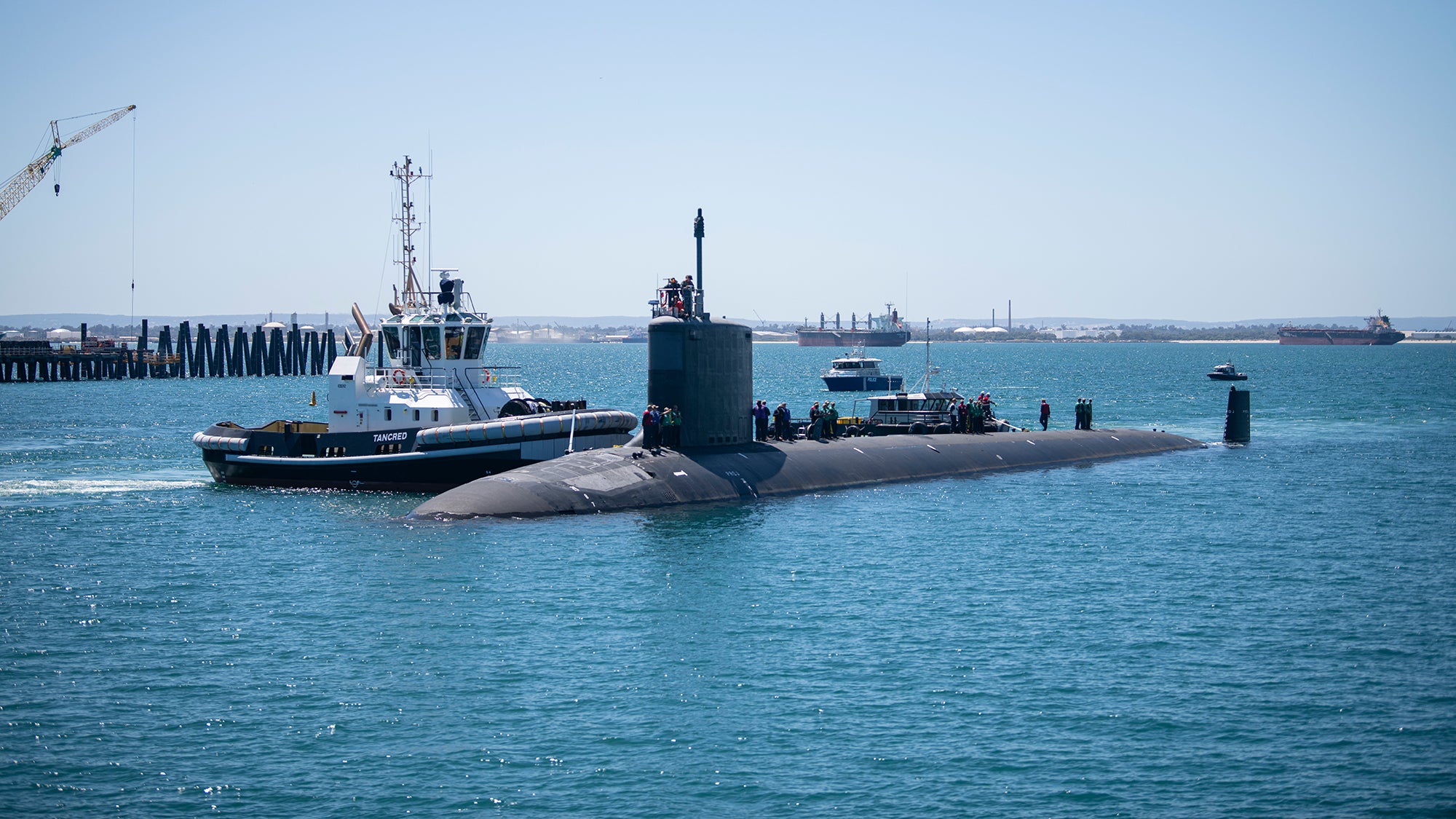
 Gettr
Gettr